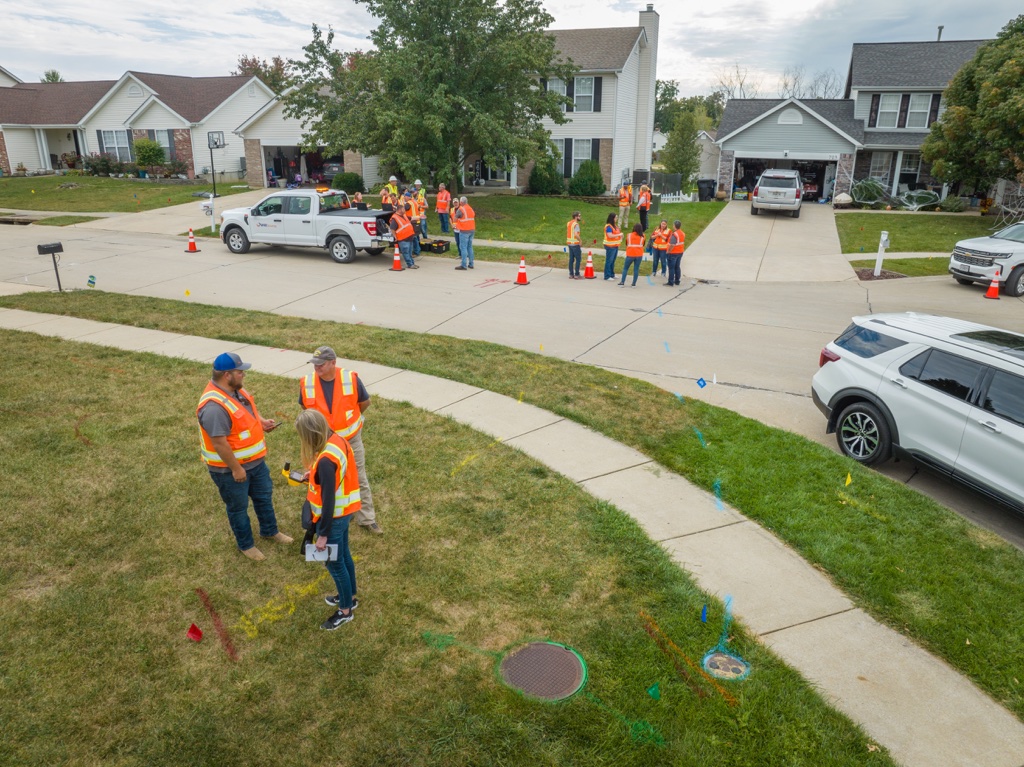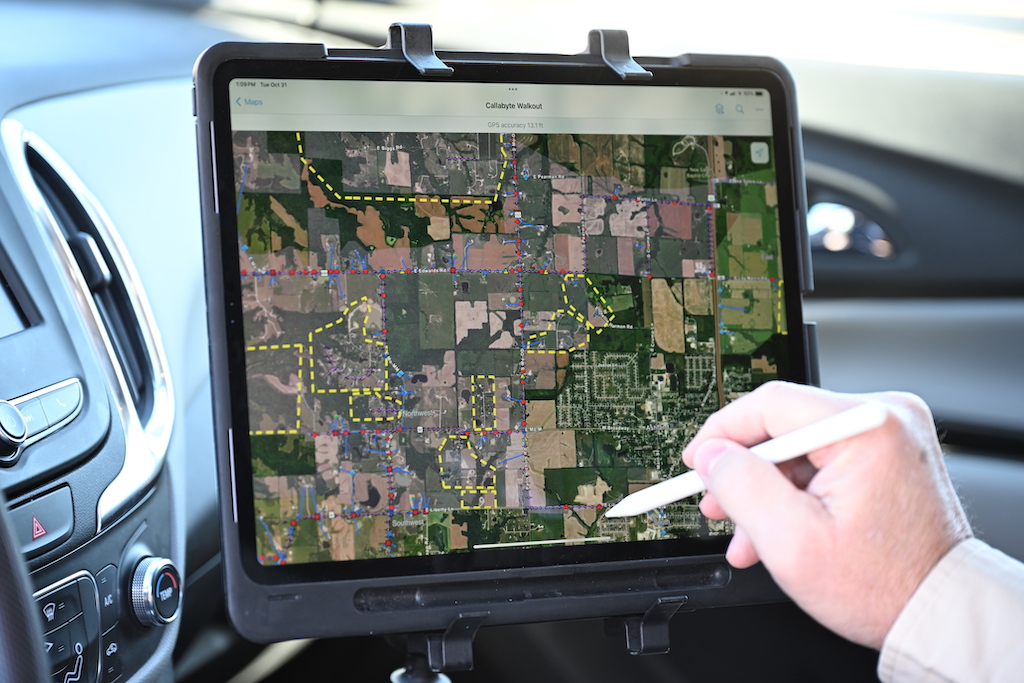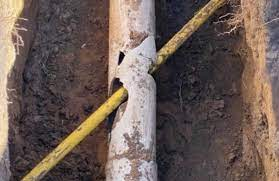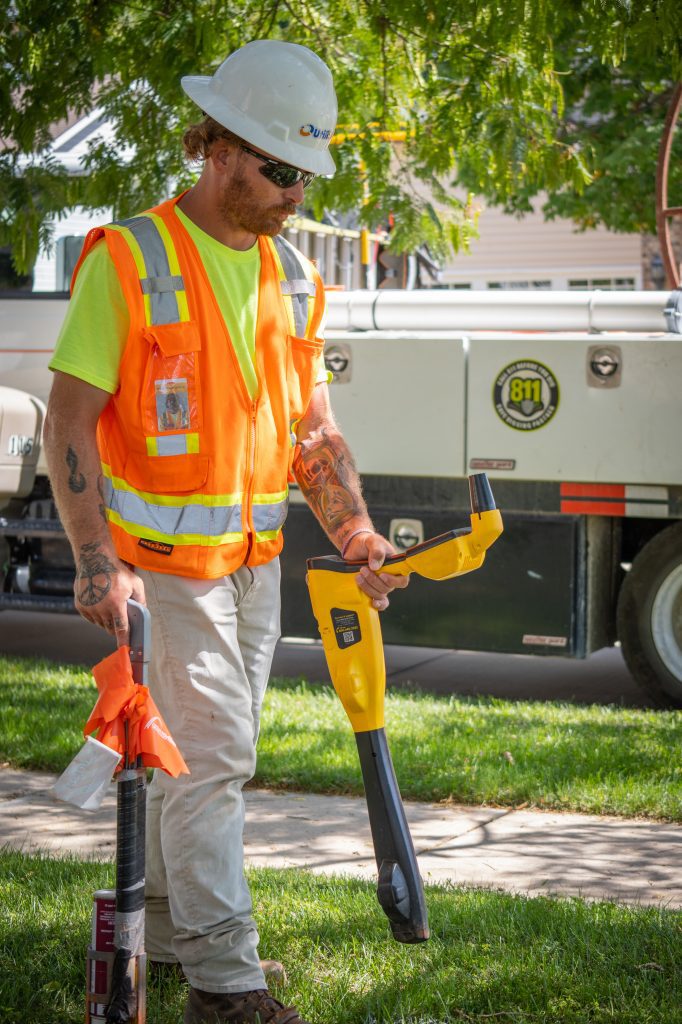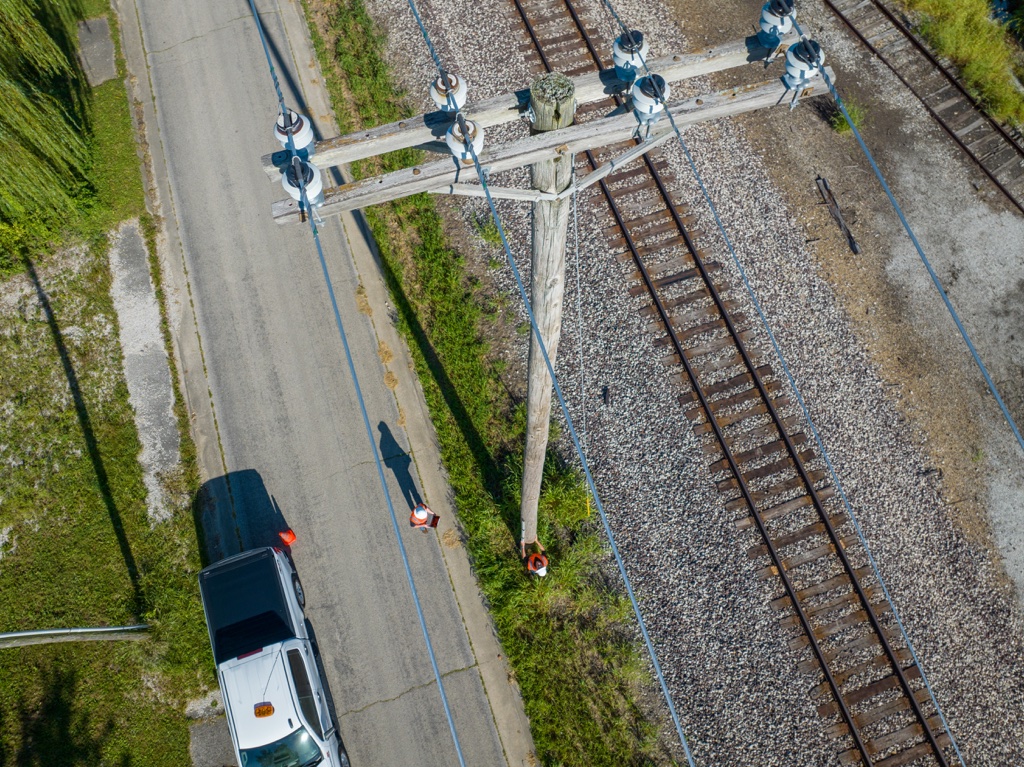Broadband internet access is something most of us take for granted. We rely on high speed internet access in our homes, at work, and at school. Millions of people across the United States lack access to high speed internet connections.
As our world continues to be ever more online, expanding access to broadband infrastructure is critical. Continue reading to learn more about the importance of broadband internet service in rural areas.
Broadband internet offers faster speeds than satellite internet and other internet types. Higher internet speeds allow you to transmit data faster. Broadband infrastructure is defined by its speed and must meet the following criteria: at last 25 Mbps download speed and 3 Mbps upload speeds.
There are a few different types of broadband connections. These include fiber optics, satellite internet, wireless broadband, digital subscriber line (DSL), and cable networks. Some of these networks can be built into existing coaxial cables or telephone lines.
Expanding Broadband Access to Rural Communities
Broadband technology and access to broadband services is extremely beneficial for rural communities. Access to fast broadband speeds and more reliable internet connections drives economic growth in these areas.
Access to reliable, high speed internet allows for better opportunities, such as remote work opportunities and business growth. These days, most businesses rely on the internet to run. Because of this, many rural areas have limited opportunities due to lack of access to education, healthcare, and more.
Best Practices for Rural Broadband Expansion
Rural broadband expansion comes with its own set of challenges. We’ve compiled a list of our best practices for rural broadband expansion.
- Government Funding
One of the biggest obstacles to rural broadband is the cost. Installing new infrastructure is expensive and time-consuming. In recent years, government programs, such as the Infrastructure Investment and Jobs Act, grant money to build high speed internet networks in rural areas.
- Get Local Buy-In
Another huge tip to implement broadband in rural areas is to get local buy-in early in the process. Installation is just one part of the process, you need to make sure people will actually use it.
Speak with local businesses and the community about the benefits of broadband and high speed internet. Talk about the advantages of broadband and speak to them about the importance of high speed internet connection.
- Understand the Community
Before implementing broadband, you need to also understand the community and the challenges they face. Understanding the community allows you to better understand how broadband expansion may benefit them.
Chat with business owners and do your research to understand what problems they face and how you can address those concerns. Are they concerned with internet speeds or do they need higher bandwidth?
- Prioritize a Reliable Connection
When building a rural broadband network, reliability should be at the forefront. It is important to plan for the future and build infrastructure that can handle more traffic than the current average.
Many rural communities have a lack of choice when it comes to internet service providers. This can leave these communities underserved and with poor service. Building a network that prioritizes reliability is important. Broadband expansion should create opportunities for growth, not hinder them.
In summary
Rural areas are often underserved when it comes to high speed internet access. Expanding access to broadband infrastructure is hugely important to these communities. It drives economic growth, expands access to education, and creates more opportunities in these areas.
Implementing broadband requires careful planning. These best practices will ensure a successful project and help residents better understand how broadband will benefit them and their community.


